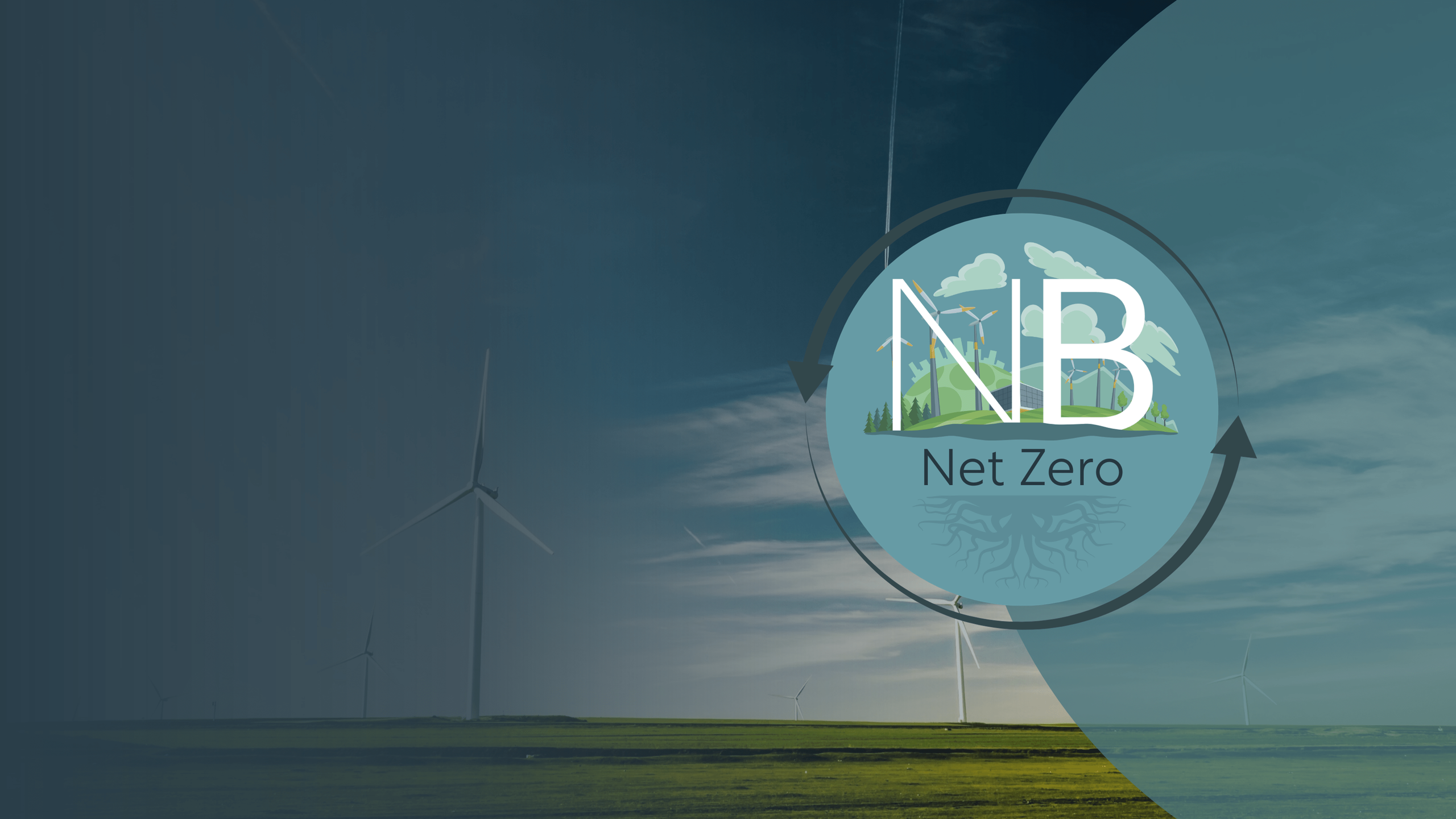
Our monthly energy transition wrap-up: a succinct snapshot of the global landscape sharing articles on market shifts, sector sentiment, and emerging trends, with additional features from industry leaders.
In this month's edition:
In May, the global energy sector saw rapid developments as nations and companies took both bold and contentious steps toward - or away from - a net-zero future. Europe is adopting generative AI to modernise energy systems and improve grid resilience, while EU countries face a key deadline to update renewable energy targets.
The UK announced a £300 million investment in offshore wind, and the UAE’s Masdar issued a $1 billion green bond for global renewable projects. In the Middle East, Abu Dhabi is planning the region’s largest hydrogen facility, and Morocco revealed a $24 billion plan to add 12.5 GW of renewable capacity by 2030.
Globally, solar energy has overtaken hydropower as the top renewable source. The U.S. is gearing up for significant expansion in solar and energy storage in 2025. India has tripled its renewable capacity in the last decade and is now targeting 500 GW by 2030.
However, over 85% of the Asia-Pacific region still relies on fossil fuels. Controversial tax and gas project decisions in the U.S. and Australia risk slowing progress. Meanwhile, Pacific Island nations are urging a stronger, more inclusive global climate response ahead of COP, as the world nears critical warming limits.
